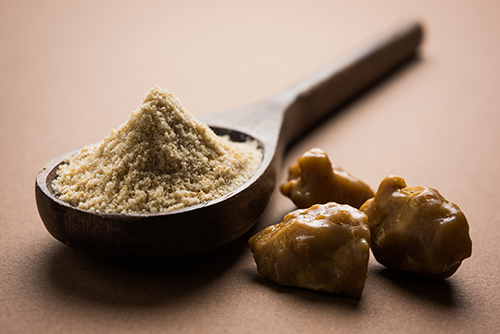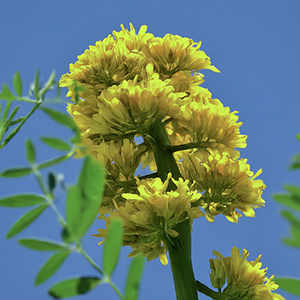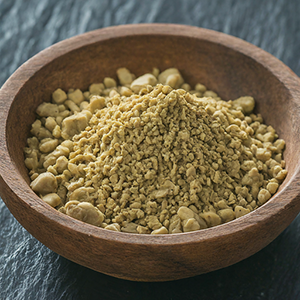Contents
Traditions and customs vary depending on the people and their culture. For instance, the asafoetida plant in Europe is called “devil’s rubbish.” In the Arab countries, its name is “food of the Gods,” and it is even used as a seasoning. Anyone tasting or simply smelling the asafoetida will be unpleasantly impressed. Nevertheless, it has extraordinary medicinal properties.

Asafoetida Plant Scientific Facts
- Scientific Name – Ferula assafoetida L.
- French – Assa fetide.
- Spanish – Asafétida.
- Environment – Native to Asia, it grows mainly in Iran, Turkey, and Afghanistan. However, it is known worldwide.
- Description—A tree of the Umbelliferae family grows up to three meters high. Its root and trunk give a gummy resin resembling a milky juice known as asafoetida.
- Parts of the plant used medicinally – The gummy resin that flows from the trunk and the root of the plant.
Healing Properties


The sulfured essential oil to which the plant owes its stench acts as an impressive antispasmodic and sedative substance, alleviating colic pain, intestinal flatulence, and stomach aches at once. It is also effective for asthma, whooping cough, laryngeal spasms with asphyxia (so-called coup), and nervous palpitations.
How to use Asafoetida
- Teardrops – Asafoetida is presented in the form of gum pills called teardrops, of which up to eight units can be taken daily. Swallow them like pills mixed with bread to reduce the smell.
- Enemas – Against digestive spasms, the most recommended method is an enema with an infusion of four or five grams of asafoetida in two liters of boiling water.
DISCLAIMER: All content on this website is presented solely for educational and informational objectives. Do not rely on the information provided as a replacement for advice, diagnosis, or treatment from a qualified medical expert. If you are pregnant, nursing, or have any preexisting medical concerns, talk to your doctor before using any herbal or natural medicines.
REFERENCES
- George D. Pamplona-Roger, M.D. “Encyclopedia of Medicinal Plants.” George D. Pamplona-Roger, M.D. Encyclopedia of Medicinal Plants. Ed. Francesc X. Gelabert. Vols. 1 San Fernando de Henares: Editorial Safeliz, 2000. 359. Print. [Asafoetida plant]
- MedicineNet: https://www.medicinenet.com/what_is_asafetida_benefits_side_effects_uses/article.htm
- WebMD: https://www.webmd.com/vitamins/ai/ingredientmono-248/asafoetida
